Returning to the office a risky exercise for some workers
For more than a year we’ve had limited contact. So how do we manage the threats we feel as we emerge from our bubbles?
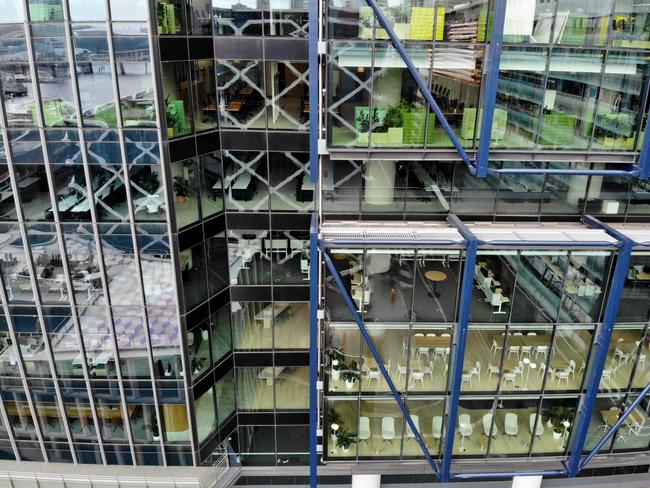
The reduction of Covid restrictions means many people must now return to working together in offices. For many of us, our bodies and brains will be distracted by the threats we feel as we emerge from the safety of our bubbles.
When our fear systems are activated, our fight (defend/attack/blame) or flight (avoid/freeze/run) reactions kick in. When we act in fear, our intelligence is dulled, we become distracted, our thoughts become more muddled, and our decision-making abilities become more biased as our brain tries to take shortcuts. We probably make poor choices. Fears and worries will cut down our connection, our communication and keep us looking towards stability, not innovation. Fear will eat at our engagement and motivation. Our collective intelligence will suffer and the impact will be on our productivity, capacity and capability.
Leaders need to manage people’s fears. Here are five things you can do to help.
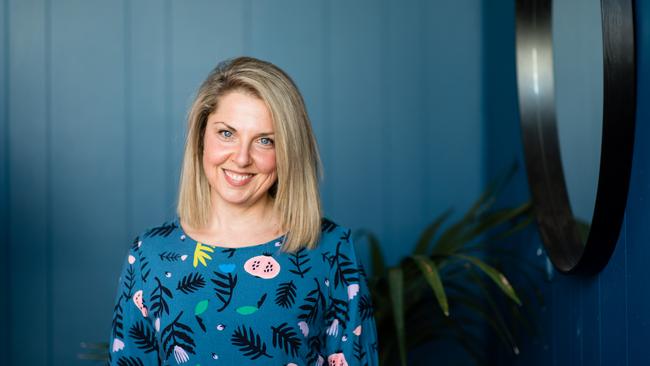
#1: Recognise that for many, reintegration will require a huge internal shift
Although working in office spaces is not unfamiliar to most of us, there has been an abstinence that will now feel normal: we have had limited social and physical contact, we have not been in crowded places, we haven’t been sharing spaces, rooms, lifts, equipment or amenities. Now there is a sensation of awkwardness or newness we will feel as we experience this transition.
We may have thoughts such as “How do we know we will be safe?”, “How can I trust this person?”, “Is this temporary”, “Will we be back in isolation soon?”, “Will the kids be all right?”, “This person is standing too near me”. We are in a familiar setting but with unfamiliar social rules, our threat system is likely to be on alert.
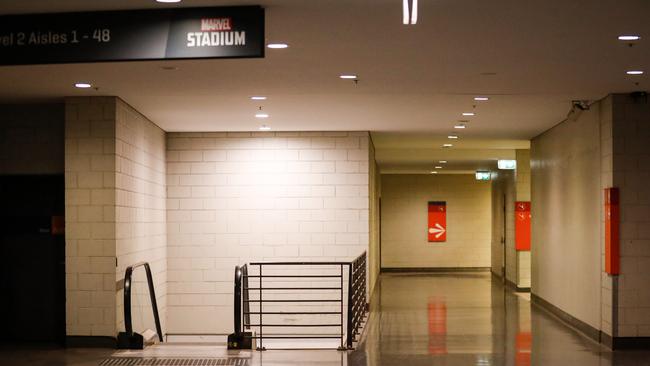
#2: Remember we have all been in the same storm but different boats
The Covid experience has not been the same for all of us. While we have been in the same storm our boats have been different. How we travel through them will differ. Although affected by the same external influence, we have all had a different set of circumstances, interpretations, stories and beliefs and the impact on our lives differs. In addition, this global experience is not over, clearly. The external threats to our health, financial position, family, stability, our increased knowledge of our vulnerability and our lack of control have been heightened.
Do not assume you understand someone’s experience of Covid or their feelings now. In addition, we cannot assume that although we haven’t seen someone for a year, that when we do, they will present in the same way.
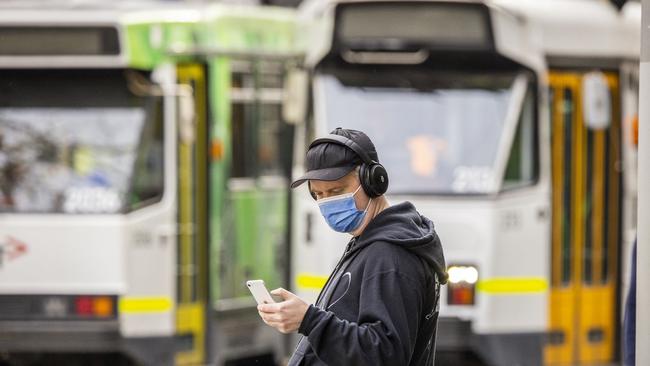
#3: Stay curious about people’s experiences to enable psychological safety
Psychological safety is the level with which people can be themselves and share their clever thoughts without fear of being judged or squashed. It is the main driver of high performance in a team. If we want to encourage people to contribute their energy and their ideas, to have courageous conversations and to act with agility, we must keep focused on this important element of work life. Without this, there is a danger that people will keep their feelings to themselves, present in one way but feel another, feel ashamed or have to hide their feelings as they return. Staying curious will allow your staff to re-join their workplaces with psychological safety.
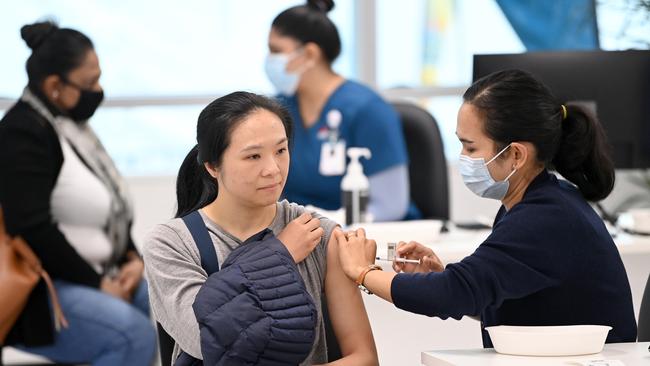
#4: Find the balance between asking too much of people and allowing them to avoid the discomfort of their fears
It may be true that we don’t forget to ride a bike, but if we don’t ride a bike for a few years, we may struggle to feel the ease and confidence we once had. How do we build your confidence again? Too much would look like forcing you to ride the bike on the freeway. Not enough would be allowing you to avoid ever getting back on a bike again. Finding the balance is key to helping people through the feelings of newness. Find ways to gradually approach the feared thing (which requires you knowing what it is) to help people progress towards their goals. This will help people travel through their discomfort quicker.
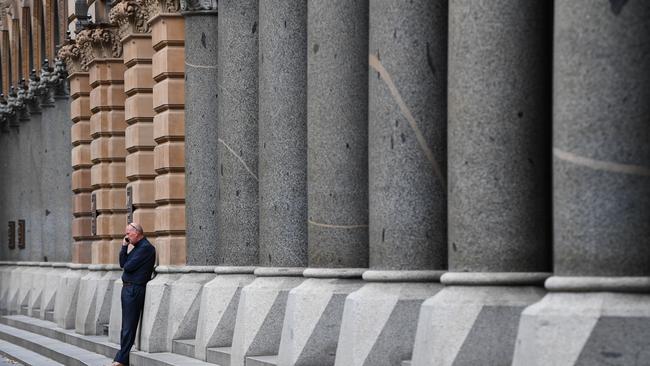
#5: Lead yourself
The most important thing you can do as a leader is lead yourself well. Learn what your own triggers are, and how you decompress from all that paddling of the feet under the calm appearance of the swan on the surface. By ensuring that you are in a good state, you will be in a better position to be able to help others calm theirs. Learn to stay in your best self through deliberate self-management.
Dr Amy Silver is a psychologist and author of The Loudest Guest: How to control and change your relationship with fear www.DrAmySilver.com
